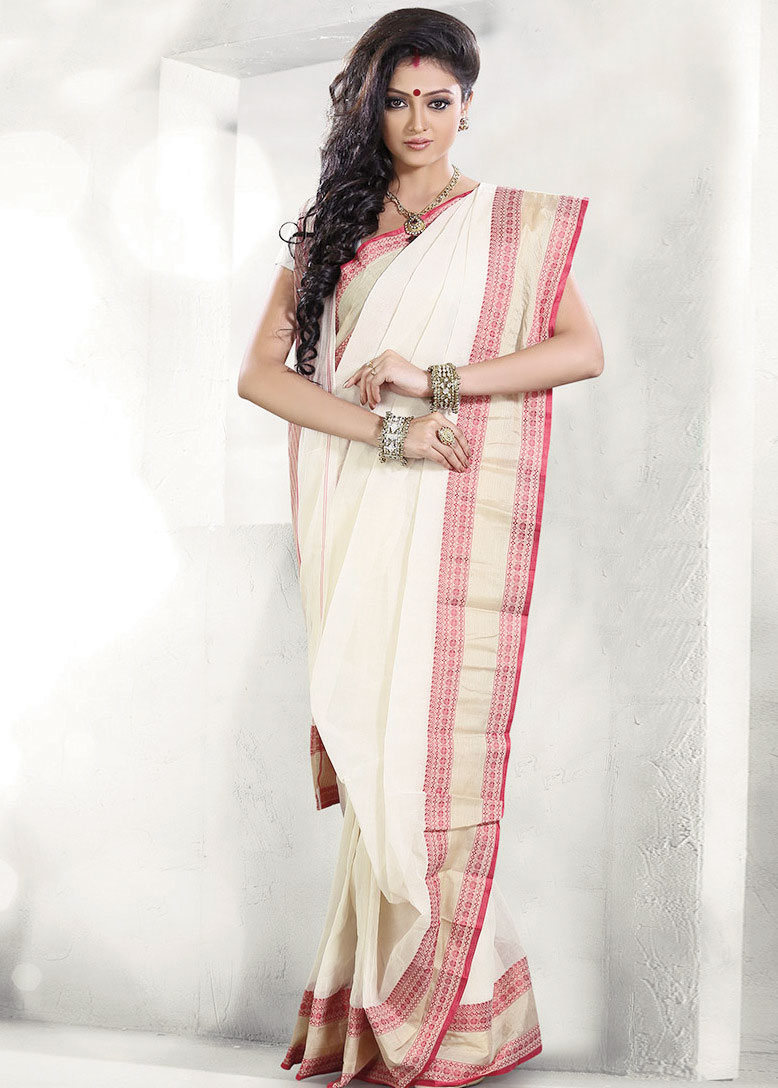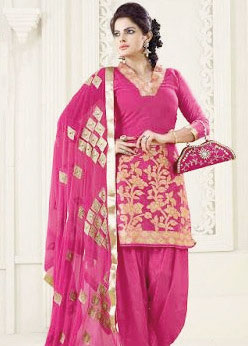The style is woman !
 The National Assembly of France
The National Assembly of France
M. R. Dua
WO M E N ’ S
dresses in
France are
said to be
stylish and
f l a s h y .
However, the National Assembly of
France Speaker doesn’t seem to
agree with the current trend in the
female habiliment. The Speaker
believes that the attire of the
Assembly’s women members
should have a unique character,
style, mode and model.
That’s perhaps why the National
Assembly announced (New York
Times, August 7) that it was the
opportune time that an
‘appropriate dress code’ was
prescribed, and observed by the
hon’ble lady members of the
Assembly.
Another argument in support of
the Speaker’s order was the British
practice. The female members of
the British House of Commons and the U.S. House of Representatives
already have set such a convention,
and that is being diligently
followed.
It would be relevant here to
recall what a noted British essayist
William Hazlitt advised ages ago,
and engagingly opined that: It’s the
dress and the address that matters
in life. This is also aptly contextual
and proper in case of members of a
nation’s highest legislative body.
Thus, what the late benign writer
of yesteryears felt was that what –
men or women -- wear to cover
themselves gloriously with,
introduces the person to us all in
the society.
The style and manner that
one employs to express oneself
establishes one’s stamp, mark, and
the persona at large in
the world. Therefore, it’s
not for nothing that another
esteemed author of the times gone-by, Francis Bacon, also
averred in the most appropriate
words: ‘it is the style that maketh a
man (and woman).’
The reality is that what
women choose to wear
often becomes an issue
of heated debate among
men, especially in the
case of those women
who wield a position of
power and authority. It’s
on these factors that
most men worldwide
have won unique laurels
in the fashion industry.
 In a six-yard-sari
The fact of the matter is that all
over the world these days
abundant attention is devoted the
women’s clothes. It’s also a widely
established fact that clothings that
women don have now become of
extraordinary value. For, the dress
weighs unprecedently heavily and
has consummate significance in
winning beauty pageants,
determining the future of a young
would-be-bride.
In a six-yard-sari
The fact of the matter is that all
over the world these days
abundant attention is devoted the
women’s clothes. It’s also a widely
established fact that clothings that
women don have now become of
extraordinary value. For, the dress
weighs unprecedently heavily and
has consummate significance in
winning beauty pageants,
determining the future of a young
would-be-bride.
The reality is that what women
choose to wear often becomes an
issue of heated debate among
men, especially in the case of those
women who wield a position of
power and authority. It’s on these
factors that most men worldwide
have won unique laurels in the
fashion industry.
Heard of well-known Ralph
Lauren, Christian Dior, Pierre
Cardin. And, our own Sabyasachi
Mukherjee, Rohit Bal, Ritu Kumar,
Manish Arora, Ritu Beri, Satya Paul,
Manish Malhotra… the list growing
by the day. And their business too
is growing by the day. The Indian
dress industry too is expanding
horizons reflecting many new
clienteles’ interests in Indian
designs.
Even our own many senior
leaders have expressed their
unhindered views on how our own
eves should dress up. Remember,
the late Jyoti Basu, revered CPM
doyen chief minister of West
Bengal? Once speaking to the
young college damsels of a
renowned Calcutta (now Kolkata)
college, Jyotida counselled them on
what to wear. Among other things,
the seasoned communist leader
commended them to keep the
Bangla culture stout and alive, and
reflect on what their attire should
be in a graceful Bengali eve.
 In salwar-kameez
He averred that he fervently
fancied that Bengali females looked
more dignified and respectful in a
six-yard sari. But, not exactly so, he with salwar kameez. He politely,
though sweetly, affirmed that the
‘salwar-kameez’ outfit was
essentially a ‘typical Punjabi outfit.’
In salwar-kameez
He averred that he fervently
fancied that Bengali females looked
more dignified and respectful in a
six-yard sari. But, not exactly so, he with salwar kameez. He politely,
though sweetly, affirmed that the
‘salwar-kameez’ outfit was
essentially a ‘typical Punjabi outfit.’
The illustrious chief minister
recommended them that the sixyard
sari makes an excellent dress
for any woman of ‘any’ age. He
exhorted them to patronize the
age-old ‘nationally treasured’
Indian feminine accouter, the sari.
It’s indeed very true, as someone
recently underlined, that the Indian
sari looked ‘versatile, imaginative
sutra dhara of India’s past and
present.’ Undoubtedly, it’s the core
of the Bahartiya naree’s izzat and
abroo
Unquestionably, Indian women
look majestic, very feminine and
noble, only in sari. This is
absolutely what the most Indian
men too would cherish their
women choose sari as their
ceremonial bridal costume (no
affront intended).
Interestingly Jawaharlal Nehru,
India’s first prime minister, once
directed all senior government
officials to abhor three-piece
western cut-fashion suit,bow and
necktie. Instead, he desired them
to adopt the bandh-gala coat and
trousers as their official dress,
which has now become almost a
required official attire.
Prime minister Narendra Modi
too prefers the waist coat or
‘weskit’ as the most apposite and
cherished apparel for all. The
weskit has now become the
trademark of each and every leader
worth his salt and worthy of the
party he belongs to.
Today’s youth think differently
about ‘prescribing an appropriate
dress code. The main logic being
‘my dress is nobody’s concern. I
know what suits me, and what
looks good on my body.’
So, be warned before you offer
your views to the young. The
speaker of the French National
Assembly must have been aware of
this modern unwritten fashion
credo!




 The National Assembly of France
The National Assembly of France In a six-yard-sari
In a six-yard-sari  In salwar-kameez
In salwar-kameez